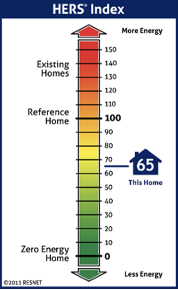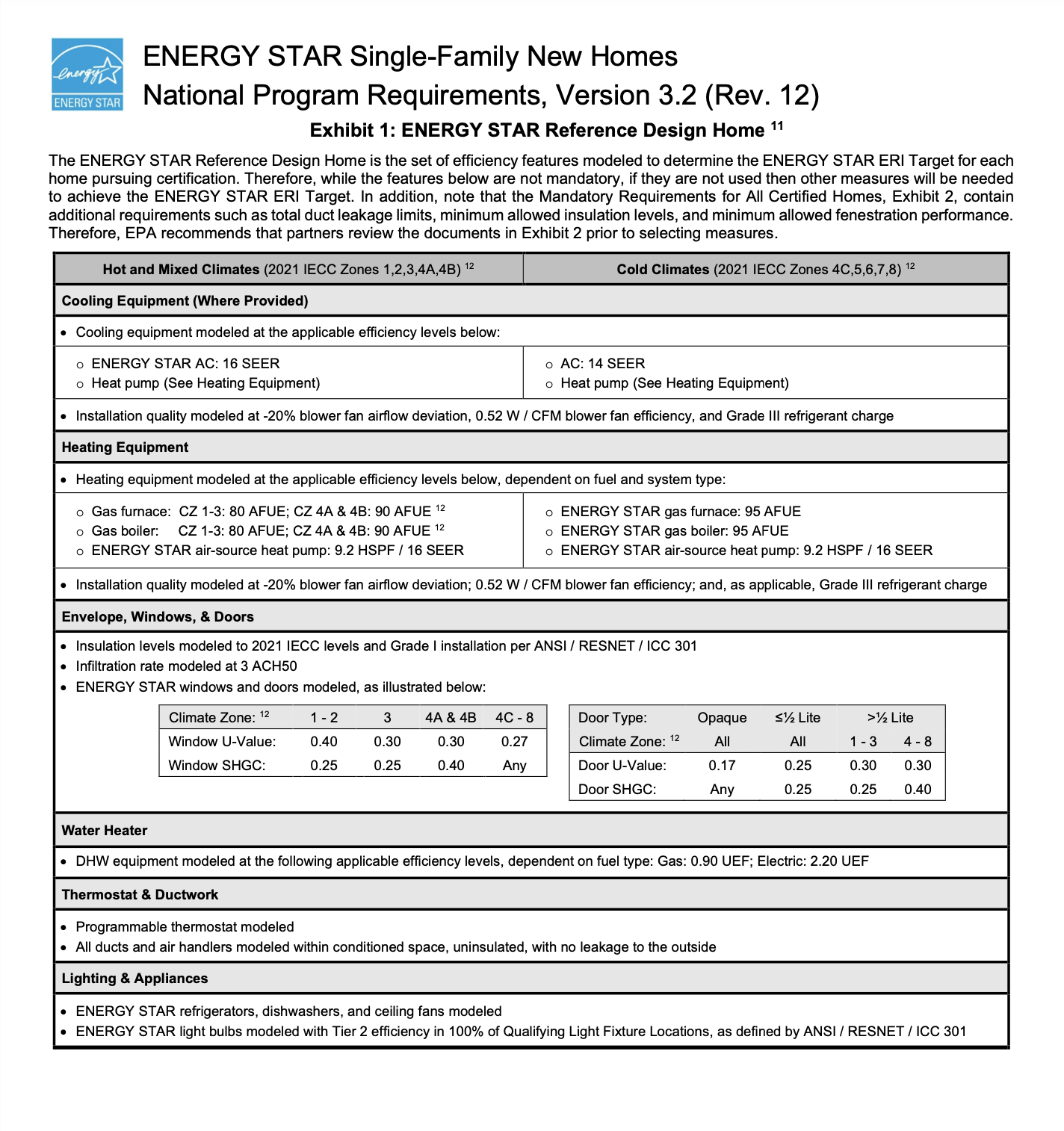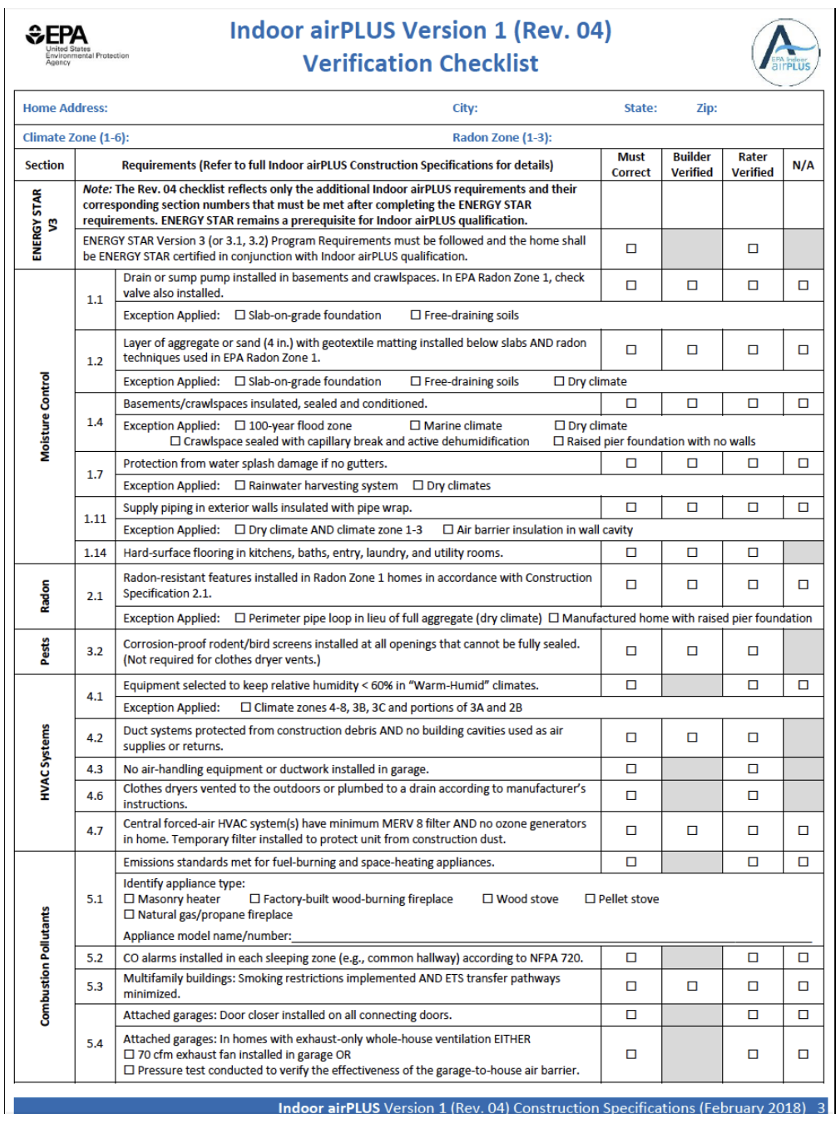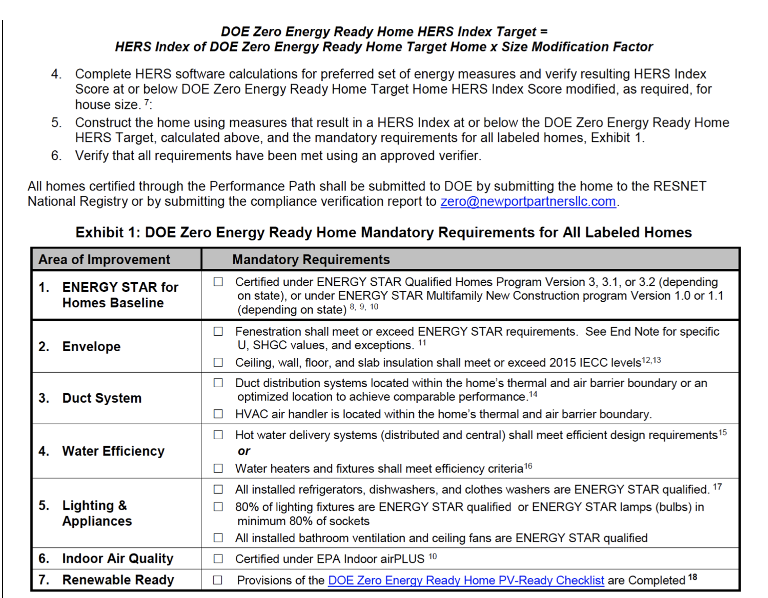On this Earth Day, it is important to focus on ways we can make our homes more energy-efficient, healthy, and sustainable. We will provide you with an overview of the top 10 things you need to know to achieve these high-performance goals. From working with a HERS/ERI rater to incorporating a net-zero electrification strategy, we will cover topics such as energy efficiency, air quality, ventilation, heat pumps, resiliency, and more. By understanding these key concepts, you can take the necessary steps to reduce your carbon footprint and make a positive impact on the environment.
The environment is subject to numerous human influences and impacts, including pollution, burning fossil fuels, and deforestation. However, nearly 40% of global carbon dioxide emissions come from the real estate sector. Of these emissions, 27% are produced by building operations and 13% are produced by embodied carbon such as infrastructure materials and construction.
1. Connect with Home Energy Rating System: HERS/ERI Rater2
HERS is a process that evaluates the energy efficiency of a home, without it, it’s a guessing game of whether a home will perform well or not. Accredited rating providers have the responsibility of ensuring the quality of rating services. Click here to find more information. Accredited rating providers have the responsibility of ensuring the quality of rating services. Rating providers are responsible for administering rating programs.
These responsibilities include:
- Certification of raters
- Selection of accredited rating software programs
- Rating quality assurance
- Marketing of rating services

2. Become ENERGY STAR Certified3
Save on energy bills, reduce greenhouse gas emissions, and raise the value of your home by getting Energy Star certified. The ENERGY STAR Reference Design Home is the set of efficiency features modeled to determine the ENERGY STAR ERI Target for each home pursuing certification. ENERGY STAR certified homes must pass rigorous requirements, ensuring that the homes will save on energy bills, reduce the rate of greenhouse gas emissions, and raise the value of the home. Check out the ENERGY STAR Reference Design Home to understand the set of efficiency features modeled to determine the ENERGY STAR ERI target for each home pursuing certification.

3. Become Indoor airPLUS Certified4
An average American spends 90% of their time indoors. Homebuyers are increasingly concerned about indoor air quality and protecting their health. Indoor airPLUS is a program that helps builders improve indoor air quality by requiring construction practices and the use of specific products to minimize airborne pollutants and contaminants.
Indoor airPLUS can help builders:
- Address customer concerns about indoor air quality
- Reduce potential call-backs and liability related to mold and moisture problems
- Earn a trusted government-backed label for green construction techniques
- Differentiate your homes from the competition
Click here for more information.

4. Become DOE Zero Energy Ready Certified
Zero Energy Ready homes are high performance homes that meet rigorous efficiency and performance criteria found in the DOE Zero Energy Ready Home National Program Requirements. These homes being so energy efficient could offset most of the home’s annual energy use. To be certified in the DOE Zero Energy Ready Homes program, a home must meet all requirements. To learn more and understand the requirements, click here.

5. Build Tight and Ventilate Right
Air tightness and efficient ventilation in a home are important measures to take for energy efficiency and health. Leaky homes result in higher energy use and the entrance of uncontrollable moisture. Air-tight homes with proper ventilation prevent dust, allergens, pollutants, and other airborne particulates from entering the home, leading to better indoor air quality.
1.Target 1.5 ACH50: ACH50 tells us how many times per hour the entire volume of air in the building is replaced when the building envelope is subjected to a 50 Pascal pressure.
2. 2021 IECC : The 2021 IECC® addresses energy efficiency on several fronts including cost, energy usage, use of natural resources, and the impact of energy usage on the environment.
3. Blower Door: Home energy professionals use blower doors as a diagnostic tool to determine how much air is entering or escaping from a home.
4. AeroBarrier or similar: Companies like AeroBarrier specialize in reaching high levels of air tightness.
6. Install Heat Pumps
Save energy and reduce greenhouse gas emissions by installing heat pumps. Heat pumps are up to five times more efficient than standard systems and have the ability to use air or water to heat and cool systems within a home. Heat pumps use electricity to transfer thermal energy from one place to another instead of producing heating through combustion.
The Inflation Reduction Act (IRA) provides significant rebates and/or tax credits for the installation of heat pumps.
1. The High-Efficiency Electric Home Rebate Act (HEEHRA) program will cover costs up to:
- Heat Pump Clothes Dryer: $840
- Heat Pump HVAC: $8,000
- Heat Pump Water Heater: $1,750
Click here to read more about Heat Pumps Everywhere.
7. Implement Net Zero Electrification Strategy with Solar, Battery, and V2G
Join the all-electric net zero projects! All electric net zero projects come standard with EnergyStar appliances, the latest in heat-pump heating and cooling and dryer systems, V2G EV chargers, battery, and solar. This lowers operating costs, helps resiliency, and increases rental returns. Each project is certified by an independent HERS energy rater for performance and rebates. Eligible for a 30% rebate on solar and batteries and a $ \5000 rebate (project to increase to $5000 for ZERH homes) for builders of new energy-efficient projects. Additional rebates are available at the state and product levels.
8. Have a Healthy Home Strategy
Indoor air quality in the average home can be two to five times as harmful as outdoor air, with gas-burning furnaces, stovetops, and interior finishes releasing dangerous chemicals that are trapped inside by poor ventilation systems. Not only are GreenSmith projects free of carbon-powered appliances and outgassing materials, but they are outfitted with advanced mechanical ventilation and air purification systems that provide HEPA-level whole-house filtration. Sensors linked directly to your smartphone monitor your indoor air quality continuously and purify as needed to ensure clean, fresh, and healthy air. Click here to learn more.
9. Have a Resiliency Plan
On average, about 1 in 10 homes are impacted by natural disasters, affecting millions of homeowners a year. FORTIFIED and the Leadership in Energy & Environmental Design (LEED) green building certification programs recognize how typical construction leaves homes vulnerable and has found solutions to meet the increasing demand for stronger, more resilient homes against more frequent and severe climatic events. The following six topics are important criteria to keep in mind when building resilient homes.
- Water
- Energy
- Life safety systems
- Battery backup, solar, well
- Off-grid capable
- Biomass backup
10. Analyze and Reduce Embodied Carbon
Ever wondered what the carbon footprint of your building materials was and how to reduce those impacts? Use the Embodied Carbon in Construction Calculator (EC3) Tool that can be found at EEBA.Ecomedes.com. Input the main dimensions of your building and you’ll find a comprehensive list of all the available materials for all the main assemblies and the carbon footprint for each choice. Choose materials to create a model of an assembly or a whole building.
As we commemorate Earth Day, it is important to acknowledge that actions we undertake has a considerable impact on our planet. The top 10 things discussed in this blog can significantly enhance the energy-efficiency, health, and sustainability of your home and the planet. Incorporating measures such as connecting to a HERS/ERI rater, utilizing Energy Star-rated appliances, and implementing a net-zero electrification strategy can effectively reduce your carbon footprint and help safeguard the environment.
EEBA would like to thank all of the building professionals who take the time to continue to learn, collaborate, and innovate to push this industry further. We recognize there is always room to improve and grow sustainable housing, and EEBA is excited to do so with all of you.
Disclaimer: These “10 Things to Know” is by no means an exhaustive list of steps that can be taken by builders or homeowners to reduce a home's carbon footprint.
Sources:
1. https://architecture2030.org/why-the-building-sector/
2. https://www.resnet.us/about/code-officials/adoption-of-hers-index-and-eri/
3.https://www.energystar.gov/sites/default/files/asset/document/National%20Program%20Requirements%20Version%203.2_Rev%2012.pdf
4. https://www.epa.gov/indoorairplus
5. https://www.energy.gov/eere/buildings/articles/doe-zero-energy-ready-home-national-program-requirements-rev-07
6. https://greensmith.builders/community/